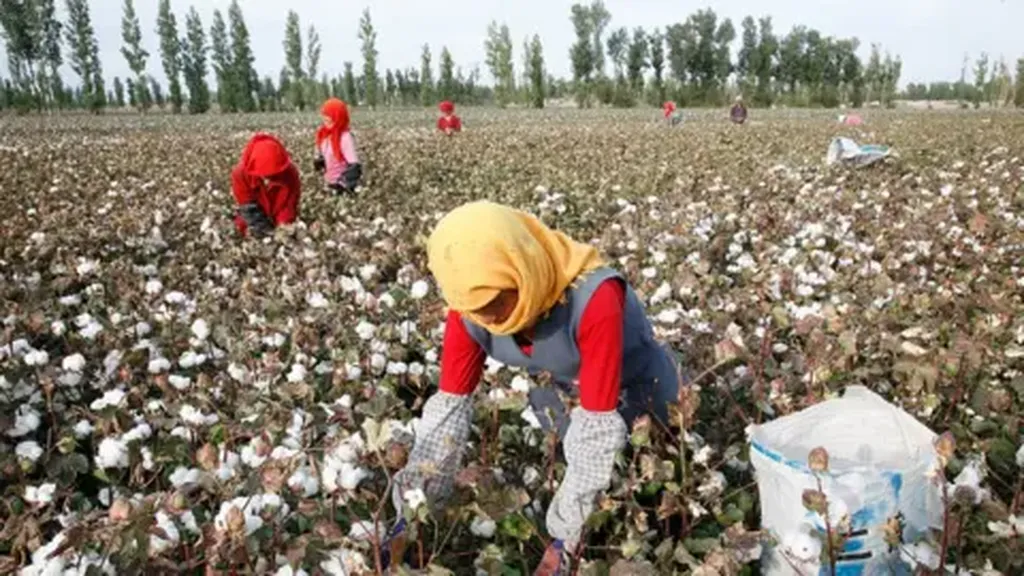In the heart of Xinjiang, China, a team of researchers led by Huiyang Zhao from Xinjiang University and the Xinjiang Cotton Technology Innovation Center has pioneered a novel approach to optimize cotton harvesting using unmanned aerial vehicles (UAVs). Their study, recently published in *Industrial Crops and Products*, combines multi-source UAV data with advanced machine learning techniques to accurately assess cotton defoliation and boll opening—critical factors for mechanized cotton harvesting.
The research addresses a longstanding challenge in the cotton industry: determining the optimal timing for defoliation and boll opening to maximize yield and fiber quality. Traditional methods often rely on manual assessments, which can be time-consuming and subjective. “Accurate assessment of these indicators is essential for optimizing yield and fiber quality during mechanized harvesting,” Zhao explains. “Improper timing can reduce yield and impair fiber quality, leading to significant economic losses for farmers.”
The team’s innovative solution involves integrating data from RGB, multi-spectral (MS), and thermal infrared (TIR) sensors mounted on UAVs. This multi-source data fusion approach provides a comprehensive view of the cotton canopy, enabling more precise monitoring of defoliation and boll opening. “By combining these different data sources, we can capture a more holistic picture of the cotton crop’s health and development,” says Zhao.
The researchers employed feature selection techniques, including Pearson correlation coefficients (PCCs), recursive feature elimination with cross-validation (RFECV), and the Boruta algorithm, to identify key variables from the fused dataset. These variables included vegetation indices (VIs), color indices (CIs), texture features (Tex), and canopy temperature (TC).
Three machine learning models—partial least-squares regression (PLSR), random forest regression (RFR), and extreme gradient boosting regression (XGBR)—were developed and compared. The XGBR model, using features selected by RFECV, achieved the highest predictive accuracy, with R² values of 0.918 for defoliation rate and 0.867 for boll opening rate. These results represent significant improvements over single-sensor models, with reductions in root mean square error (RMSE) and relative RMSE (rRMSE) ranging from 1.11% to 2.28%.
The implications of this research for the agriculture sector are substantial. By providing more accurate and timely assessments of cotton defoliation and boll opening, this approach can help farmers optimize harvest scheduling and defoliant management. “This technology has the potential to revolutionize cotton production by enabling more precise and efficient harvesting practices,” Zhao notes. “It can lead to higher yields, better fiber quality, and ultimately, increased profitability for farmers.”
The study’s findings also highlight the broader potential of multi-source UAV data fusion and advanced machine learning techniques in precision agriculture. As these technologies continue to evolve, they are likely to play an increasingly important role in optimizing crop management practices and improving agricultural sustainability.
The research, published in *Industrial Crops and Products*, was led by Huiyang Zhao from the School of Mechanical Engineering at Xinjiang University and the Xinjiang Cotton Technology Innovation Center. The study’s innovative approach to cotton monitoring offers a promising solution for the agriculture sector, paving the way for more efficient and profitable cotton production.

